“Serbia 🇷🇸 ~Davolija Varoš and Devil’s Town”
Our final stop of the day would require hiking to reach a very interesting rock formation. I have never seen anything quite like it. I’m always drawn to the myths and legends of foreign lands, and this one was intriguing.

Had there not been so much rain over the last few days, the hike may have been easier, but the views were not impacted at all. Such a beautiful area.
Even up in the mountains here, there is a darling wooden church to stop at, coming down from the pinnacles.
One thing is for sure, as we traverse the southeast area of Serbia, it takes a lot of driving hours in between sightseeing. This will not be the case in the north, as there will be more too see in compact areas. But, we put in the hours, because we are addicted to the fascination of travel.





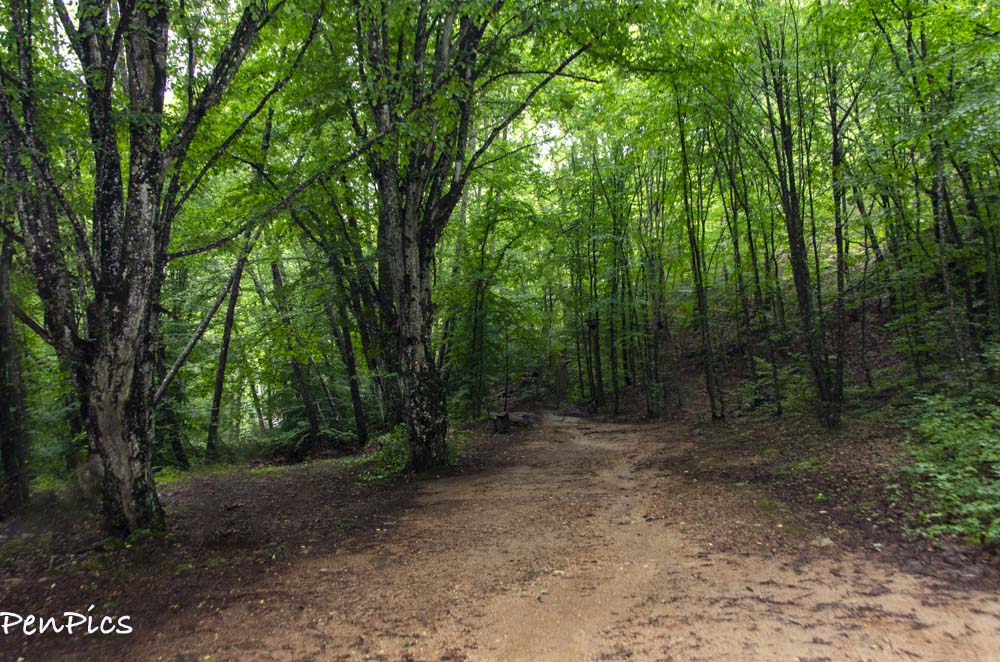



Once upon a time, in this area, lived humble, quiet and affectionate people. That harmony disturbed the devil, so the devil prepared the devil’s water for them to forget about the kinship relations. After they drank the water, the stunned villagers decided to marry brothers and sisters. A fairy tried to prevent the devil’s plan, and according to the legend, up to this day, she still tries to preserve that region. She was not able to bring the wedding guests to their senses, and headed to the church for the wedding with the intendeds. The fairy then began to pray to God to prevent the incest. God answered her request, brought together heaven and earth and allowed the strong, cold wind to petrify the wedding guests and brother and sister.
The other legend says there was a witch who granted people’s wishes as long as they promised to give her whatever she asked for. These stone statues are those who did not fulfil their promise or tried to trick the witch.
In another, they are petrified demons from when students tricked them to bet, and still another legend; sculptures are representing demons expelled from people who tried to spend the night in St. Petka Church.
After a believed exorcism process took place, where the bad spirits were left in the ground, by digging holes. So the stone figures of Devil Town are perhaps the evil devil’s which are trying to get out from the ground.
The stone monuments of Devil’s Town last, still to this day, even through natural catastrophes like earthquake; like the one in 1983. This is how legends are also preserved.

Djavolja Varoš comprises of stone formations, some up to almost 50 feet high, and most with with strange-looking stone caps. By destroying forests, man has made way for the destructive power of water. Wind, rain and sun did the rest. Nevertheless, the scientists agree that the shape of some caps and the fact that a peak can holds a cap of up to 44 pound or more, is somewhat “peculiar.” By destroying the forests, man has made way for the destructive power of water. It represents a natural monument of the first category, unique in the country and very rare in the world.
The Djavolja Varoš Natural Landmark belongs to the village of a strange name; Djake, which comes from the Albanian word “gjak” which means blood. This unusual and mystic place, which very name will chill your bones, comprises of two ravines with ominous names – Djavolja (Devil’s) and Paklena (Hell’s).
Djavolja Varoš is definitely a place to visit. Grandiose and slightly menacing figures in day light, mystical and illuminated by decorative lights at night, these figures will surely leave you breathless. And the legend says that if you drink from one of these springs, you will surely return. NOTE: Scientists warn the water from the Devil’s Waters have not been sufficiently investigated, so drinking is not recommended
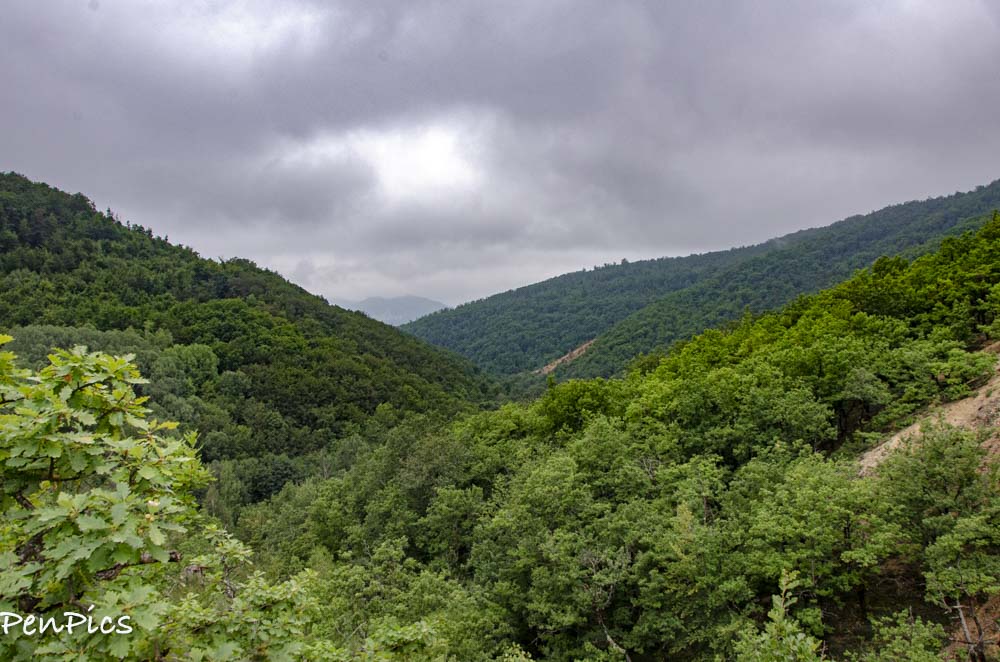

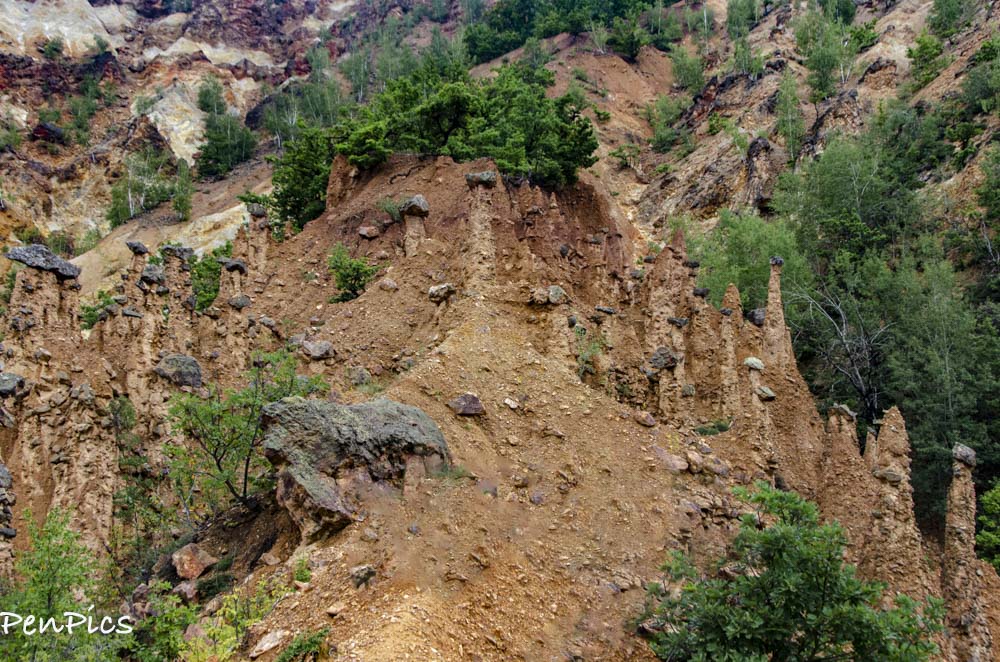


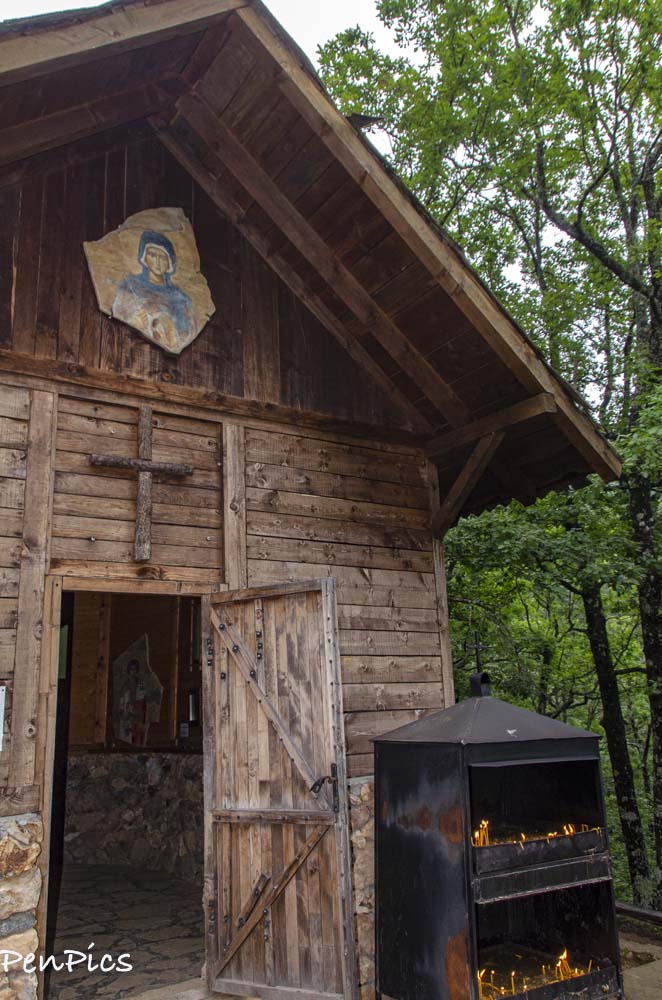
Visitors believe they can heal in the church is a healing place.. St Petka helps the sick and needy who visit, hence the belief that one should touch the sore spot with the handkerchief and make a wish and then bind the handkerchief to the pillar, so that all the trouble and problems (devils) remain in Devil’s Town. Tissues remain in this place one week and are then buried deep in the ground.
Several people tried to spend the night outside the church to be connected with God, but during the night they heard terrible noises (maybe the wind that ran between the devil’s wall and created an unpleasant music, others have reported). Anyway, the people could never last the night out in this town. Since then, the man who spent the night in this very place is not yet known.
The church was built on the site where once there was a sanctuary of miners and is under reconstruction. Germanic tribe of Saxons aka Saxons lived in this territory in the 13th century, because they were known as skilled miners. They were brought by the emperor Uros to deal with the excavation of ore. Upstream, one can come across the first of the four mines. Nearby are three other mine shafts, from which they exploited copper ore, iron and gold in the 13th century. On the slopes of Mount Kopaonik there are still villages where people around the physiognomy resemble Saxons.

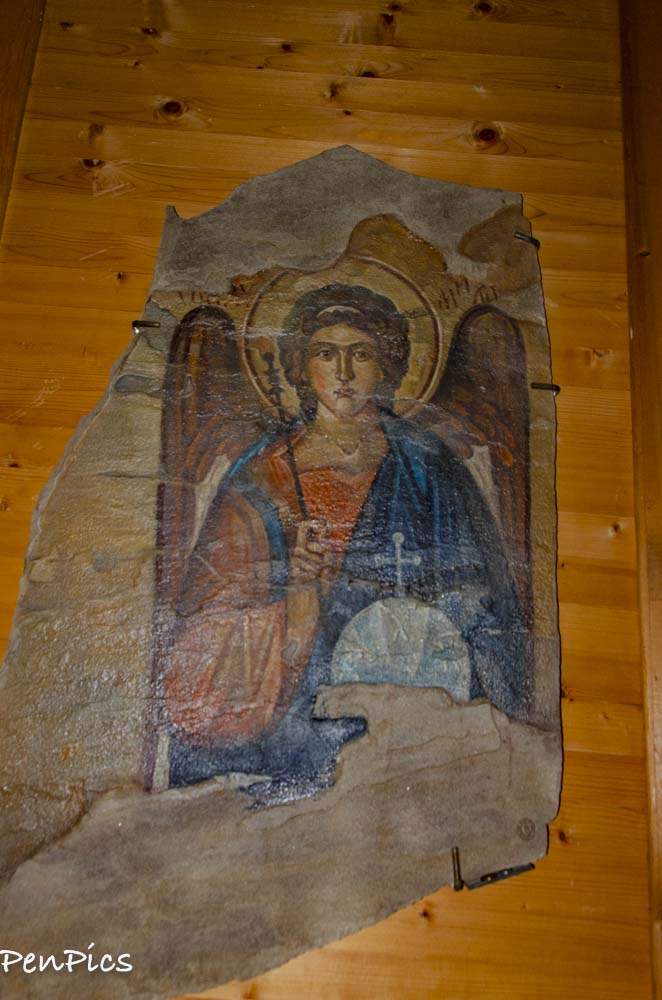


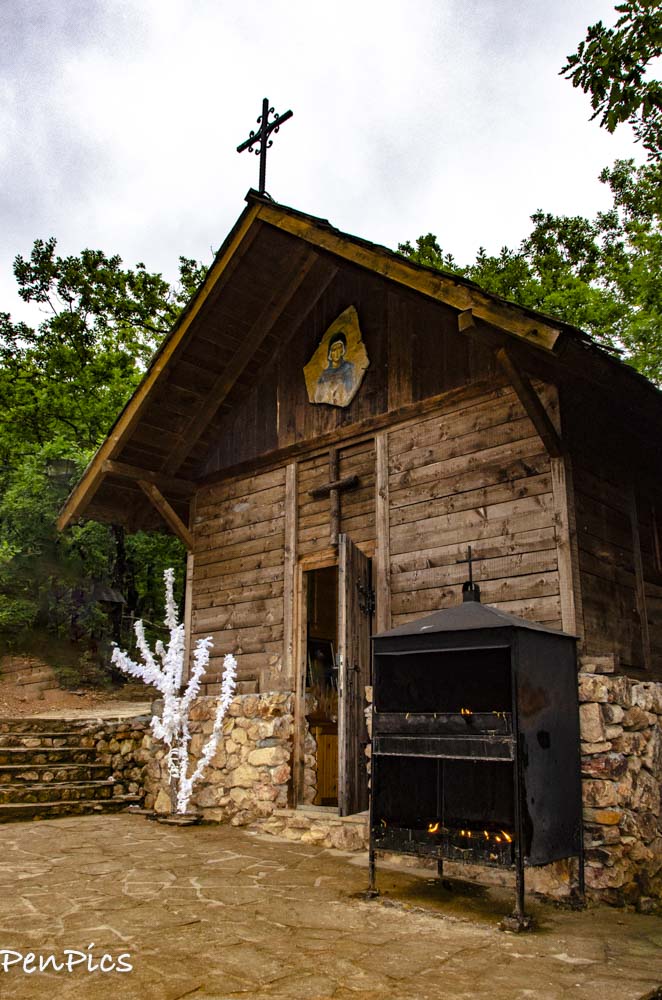
There are many legends about Djavolja Varos, aka Devil’s Town







Archive Blog Posts of Our Country Visits
About Us

About Us
Hello and Welcome to our Travel Blog Website, We enjoy writing about our experiences and taking photos of our adventuring along the way. Our names are: Daryl and Pen, but Daryl calls me “Bunny.” We met, quite randomly, whilst both… Read More










Wow, interesting to read
I loved everything about this place! Than you, Judy!